10 Days in Oman | Jewel of the Arabian Gulf

Some Travel Tips
Respecting Culture
Ibadism is the official religion of Oman. Though it is a moderate form of islam, culturally it is still important to dress moderately in order to respect the faith. Which means covering knees and shoulders for both genders. In the more rural areas, I have been told that even wearing bright colours can be considered quite rude (or at least a bit gaudy).
Public displays of affection, like in most Islamic countries is a big "no-no", though you are more free in a hotel than elsewhere.
It is important to note that it is not customary to tip. In the cities people are just getting used to tourists tipping, but again, in rural areas it is pretty rude.
Weather
The best times to travel to Oman are between the months of Oct and April. The rest of year it is too hot to enjoy the beautiful outdoors. This being said, it is relatively warm all year so I always stress to get up early in the mornings and have your afternoons Spanish style. This means you avoid the heat and the crowds. Also, The cities do really come alive at night and most things close late.
Transport
Oman is a country that didn’t even have a main road just 50 years ago, so it's understandable that public transport is not yet fully optimized. The cities are spread out and often far apart, so renting a car—preferably a 4x4—is highly recommended. Even if you don’t plan on doing my road trip, having a taxi or private driver for a tour is simpler and more efficient than relying on a bus. The easiest place to reach by public is Nizwa from Muscat.
Day 1 and 2 - Muscat
Welcome to the capital of Oman, a gem of a city on the coast of the Arabian Gulf. With thousands of years of history, including stunning pre-islamic sites, Muscat was the dominate power in the region in the 18th and 19th centuries, before the British protectorate. Though it was taken over by the Portuguese and the Ottomans at several points, it resisted and remained autonomous, eventually establishing an Omani empire that span down the coast of West Africa.
You'll want to spend at least a day or two here to soak up the atmosphere and explore the highlights and secrets of the capital. Oman contrasts the neighbouring Gulf states as buildings over 5 stories are forbidden - you'll find no skyscrapers here! This makes it the perfect city to really experience the history of the region, the whispers of the old city aswell as enjoying the modern developments. And if history and culture isn't your thing maybe just enjoy the stunning spotless beaches that you can't find in the UAE anymore.
What to do:
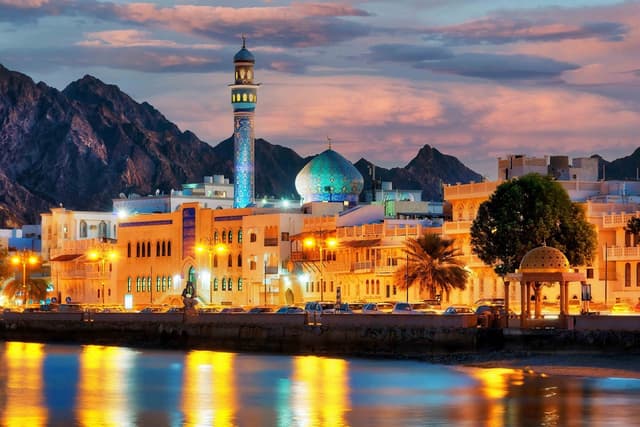
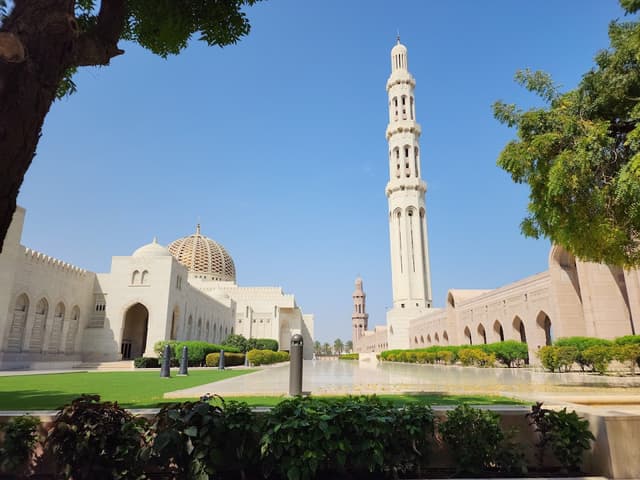
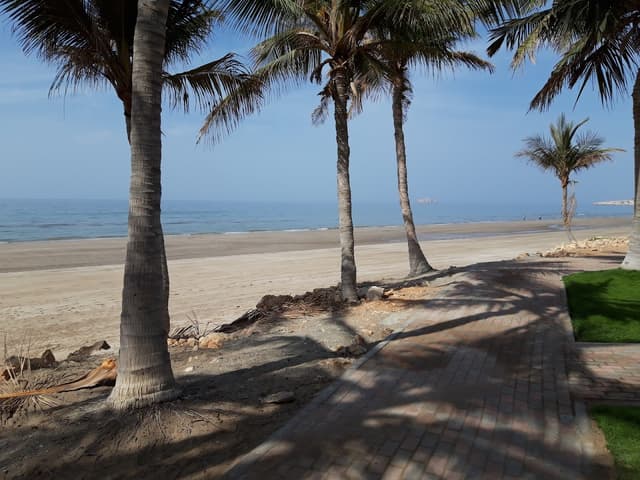
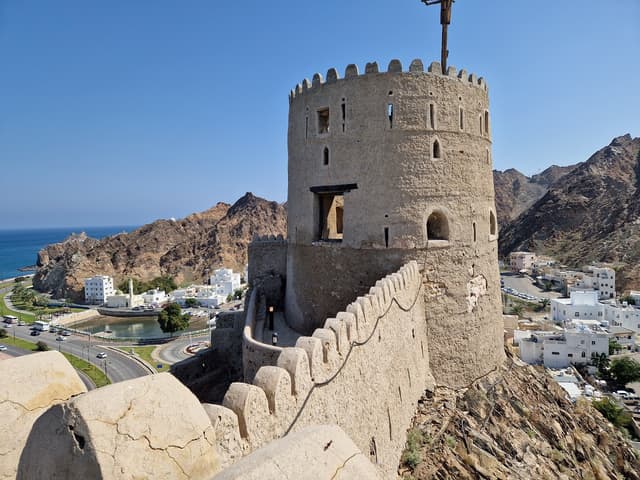
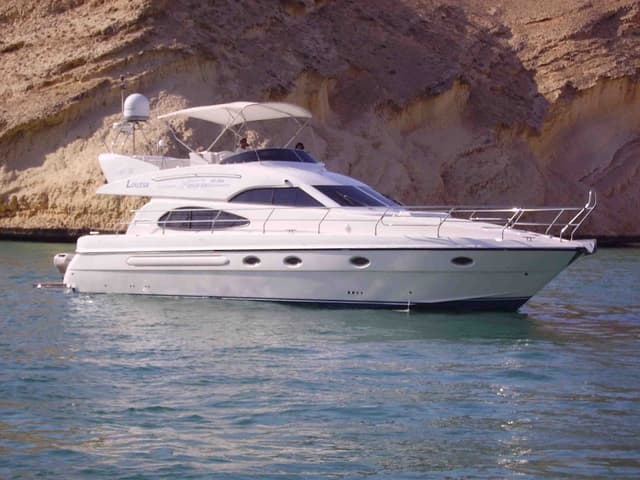
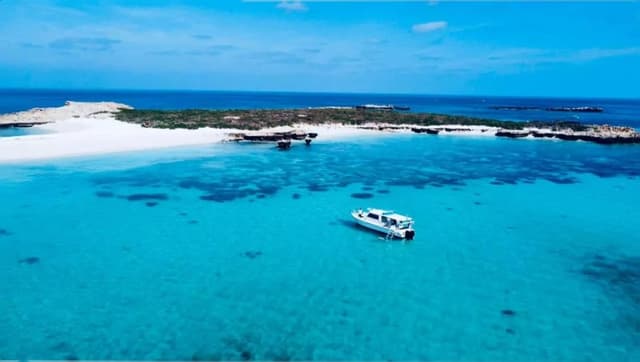
Where to stay:
Basic accommodation

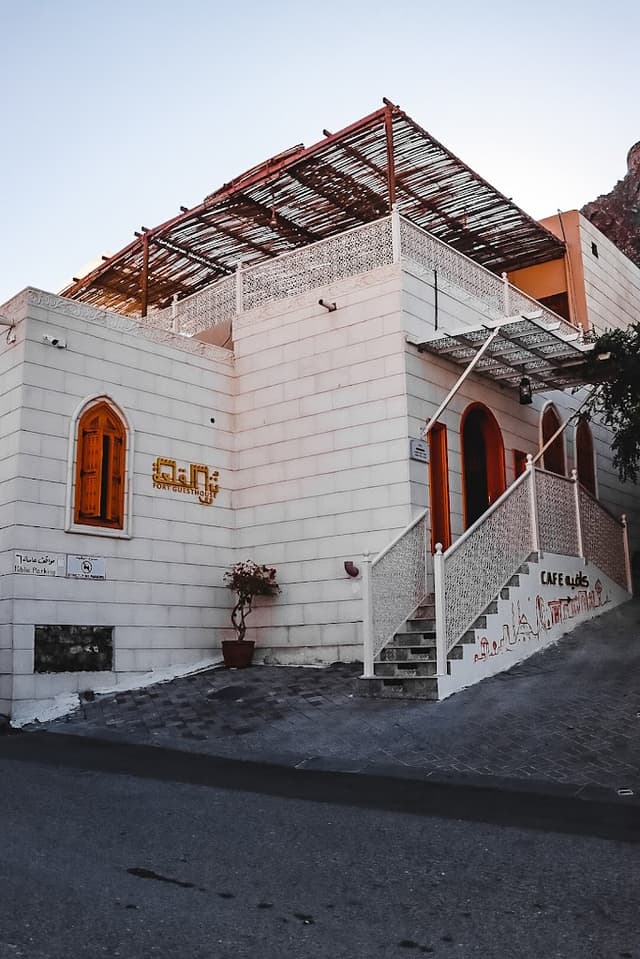
Mid range hotels
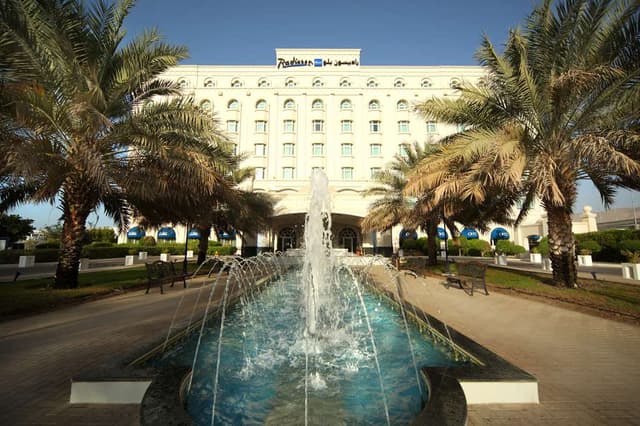
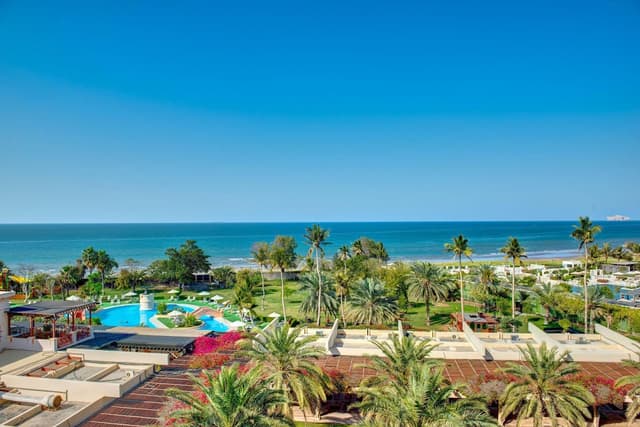
Luxury experiences:
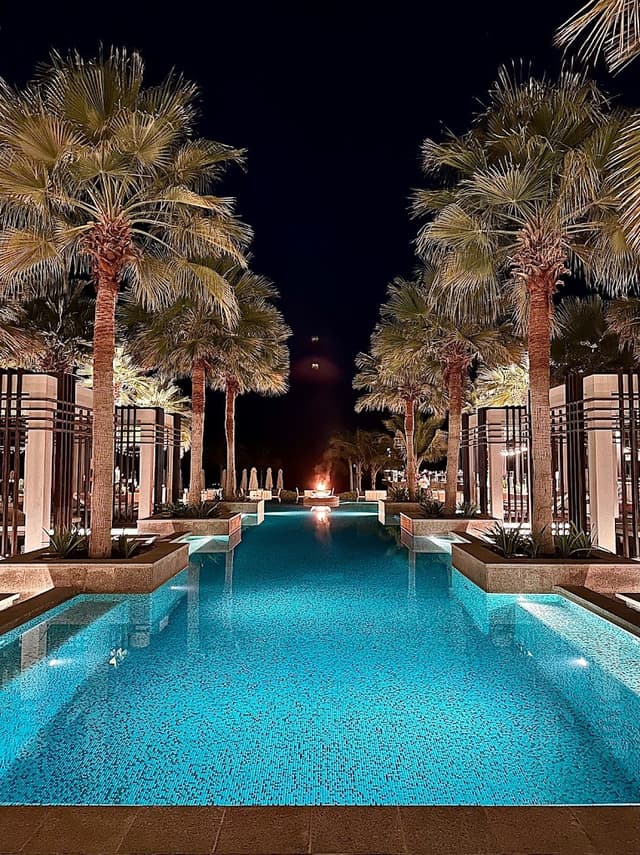
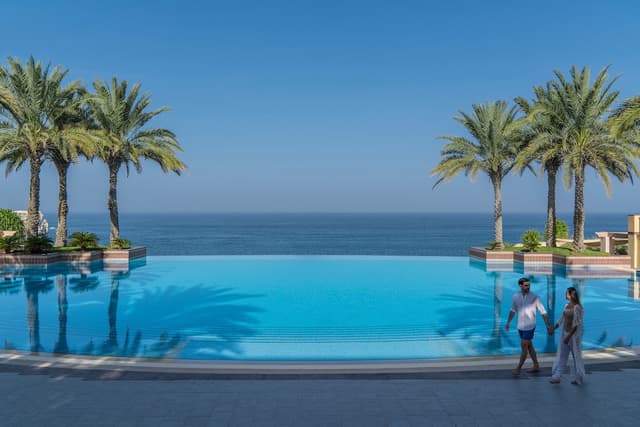
What to eat
Traditional Omani Cuisine
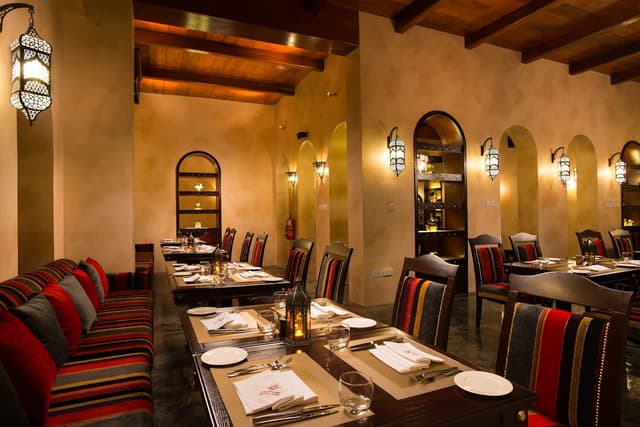
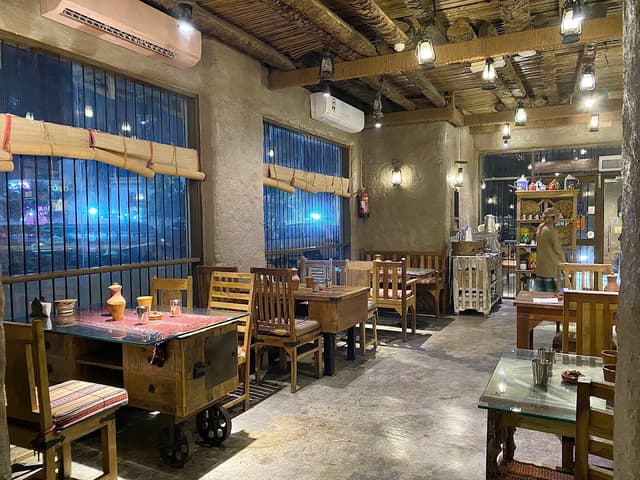
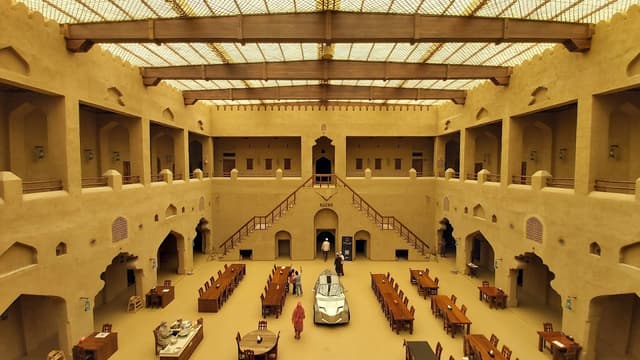
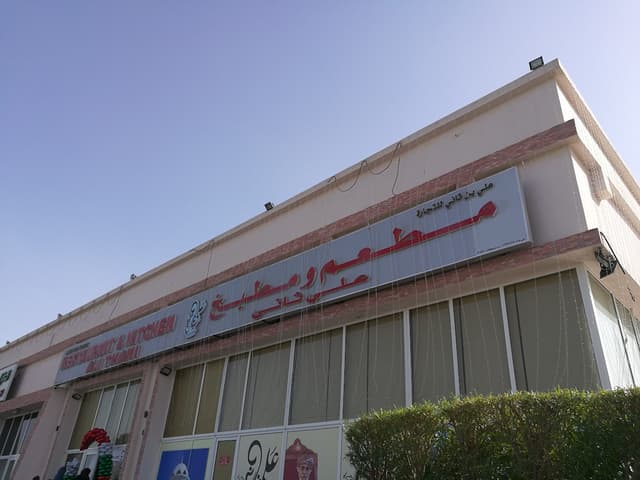

Modern Kitchens and Cafés in Muscat
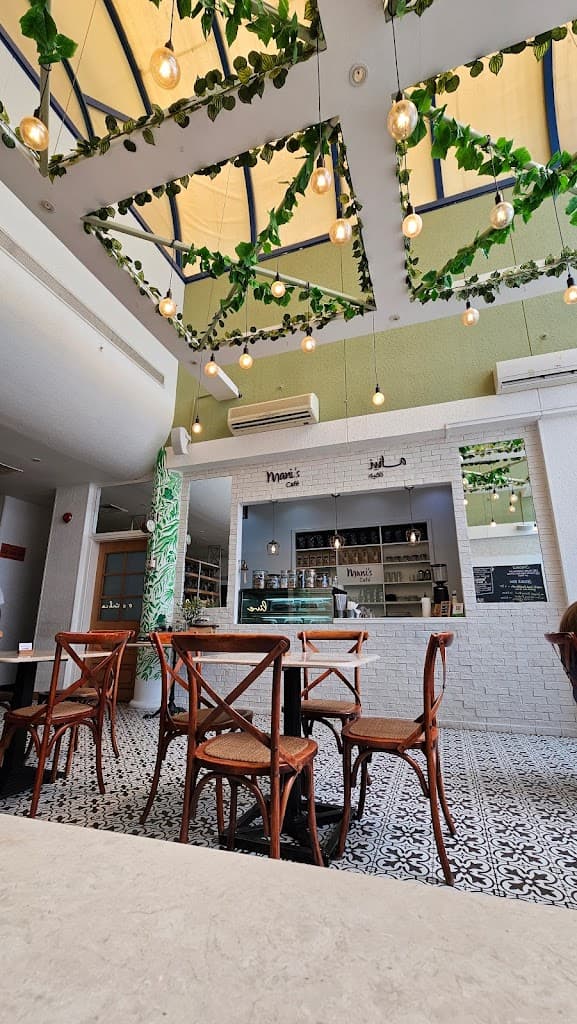
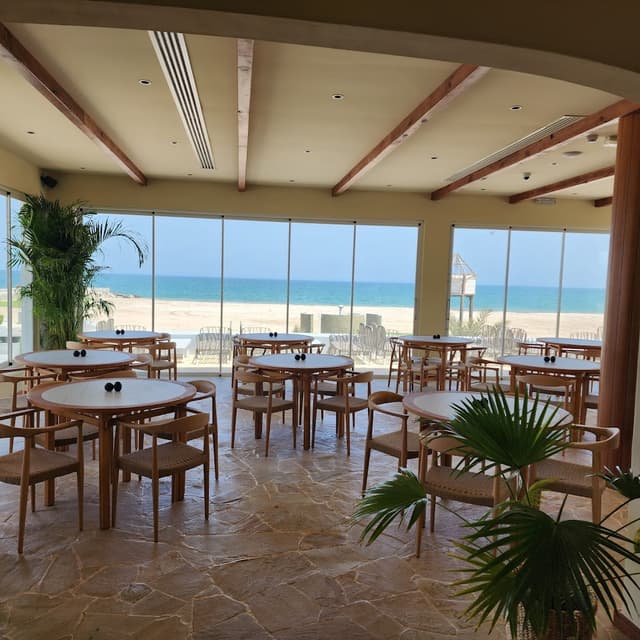

Other Regional Restaurants
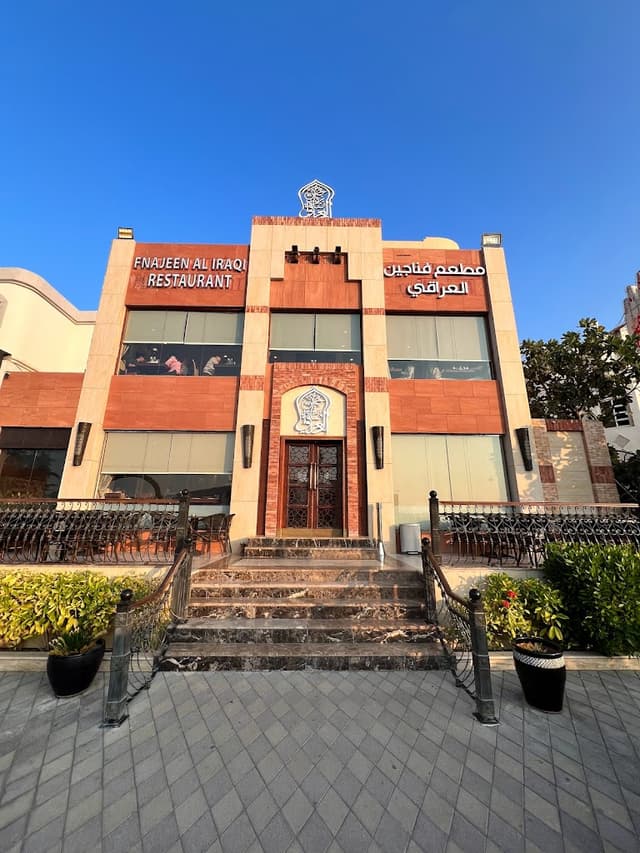
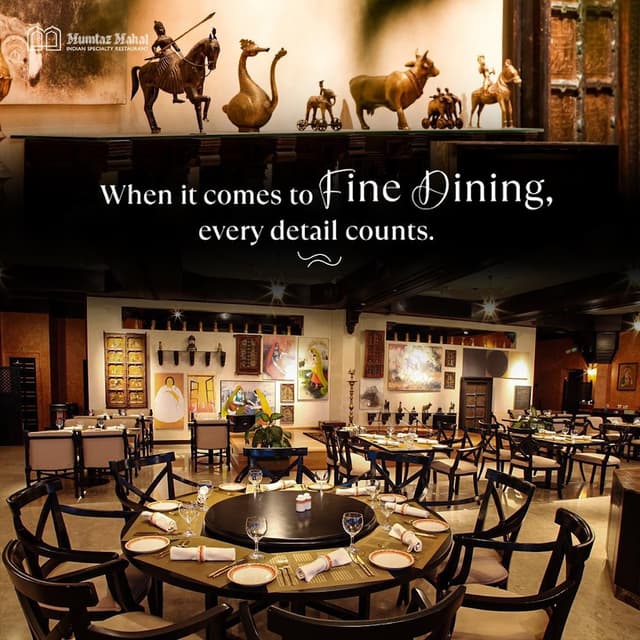

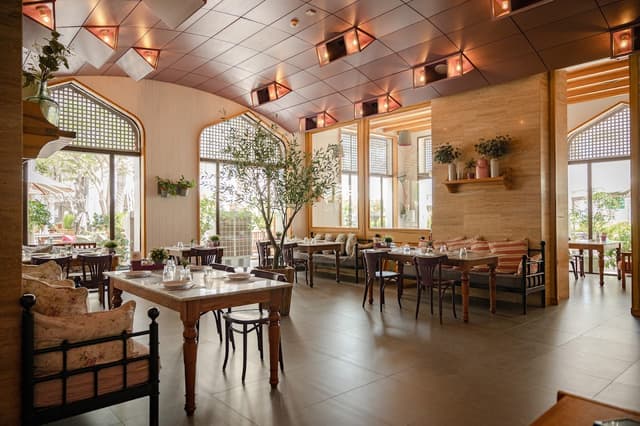
Day 3 - Wadis
On your third day, you'll want to get up early to drive to what makes Oman one of the most unique countries in the world. Wadis are actually spectacular dried river beds that hold beautiful pools of water creating oases in the arid mountains. Its worth mentioning that these valleys actually flood quite often, so even though you may see campers, I wouldn't recommended spending the night on a valley floor. Trust me it's very dangerous!
There are many stunning hikes not far from Muscat, so you'll be able to do one or two on this itinerary depending on your pace!
You will need:
- Water ( you cannot overestimate the importance of hydration here)
- Good trail runners ( too hot for hiking boots)
- Sunscreen
- Sunglasses
- Snacks
- A hat/ cap
- Protective swimsuits ( It's not just for modesty, in this sun exposure it is better to have clothing that covers most of your body)
- Waterproof/floating bags
On the way:
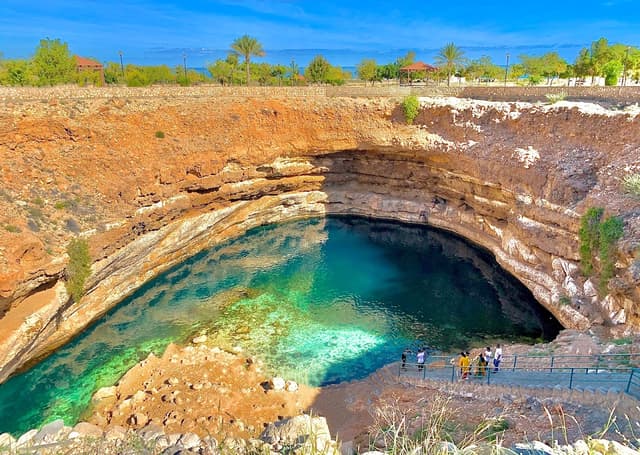
The Wadis :
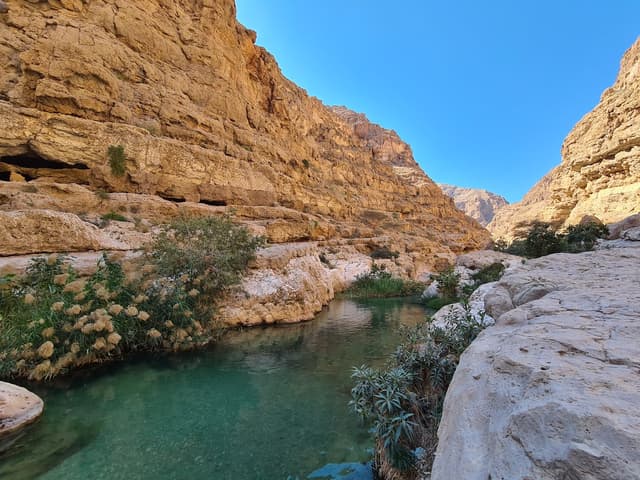
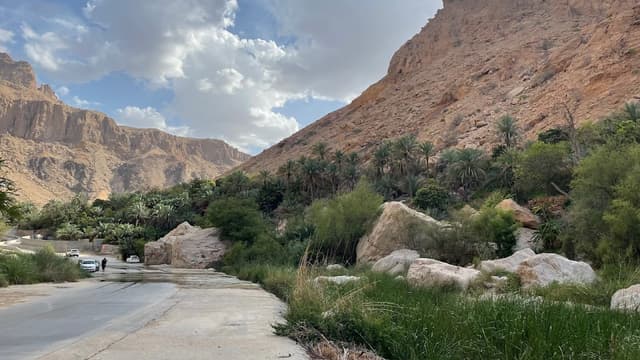
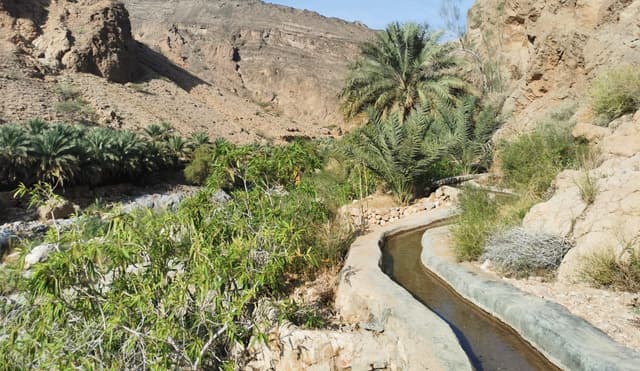
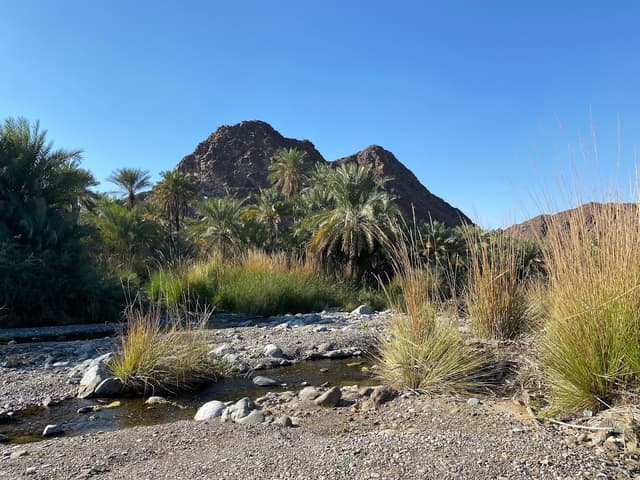
Where to stay:
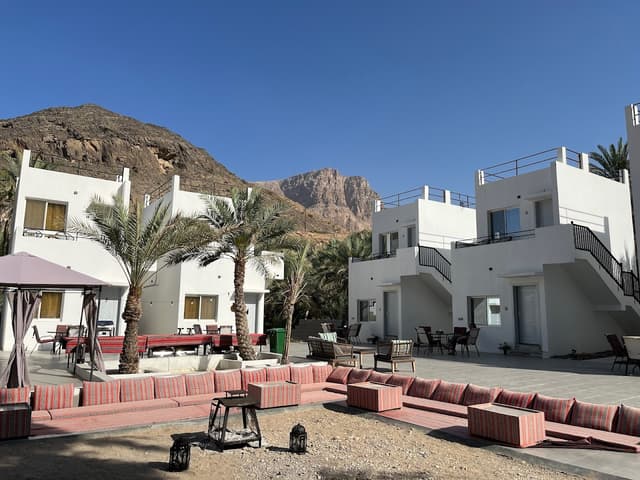
Day 4 - Adventure into the Desert
Day four will be your long road trip into the magical desert. From the emerald embrace of the coastal Wadis, the journey turns inland, tracing winding roads that stitch together Oman's rugged coastline and it's arid heart. As the road stretches southward, the landscape transforms. Soon, Wahiba Sands rises on the horizon—a shimmering expanse of rolling dunes that seem to blur the line between earth and sky. At Bidiyah, the gateway to the sands, you’ll leave the comfort of paved roads for the thrill of a 4x4 journey into the desert.
On the way:
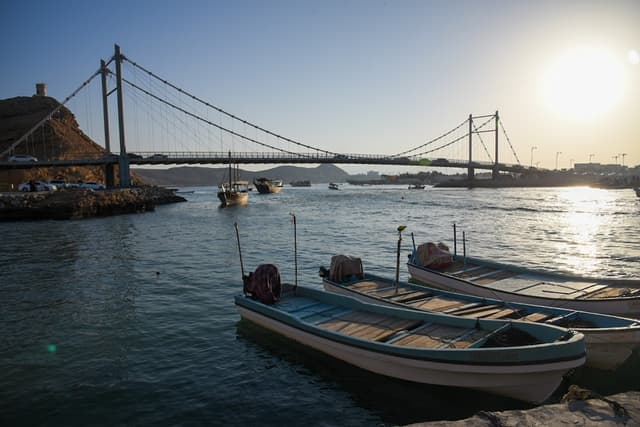
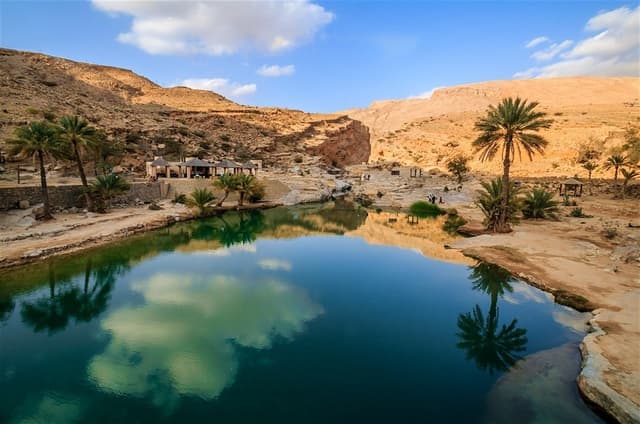
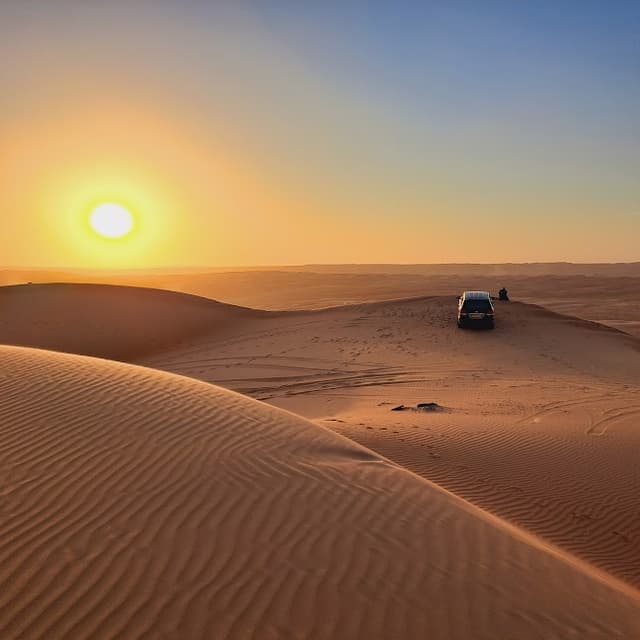
Day 5 - Historic Nizwa
Some more driving today, as you take the scenic route to Nizwa. Often called the "Pearl of Islam," Nizwa is one of Oman’s most historic cities, renowned for its role as a cultural, religious, and economic hub. Located at the base of the Hajar Mountains, Nizwa served as the capital of Oman in the 6th and 7th centuries and was pivotal in the spread of Islam throughout the region. It is about a 2 to 2.5 hour drive from Wahiba Sands to this ancient city.
Though the city predates Islam, it became a bastion of the Ibadi sect, shaping the city's identity as a center of Islamic scholarship and governance. Its strategic location at the crossroads of ancient trade routes fostered a thriving market for dates, silver jewellery, and copper handicrafts, cementing its reputation as a prosperous trading center. It is one of the most beautiful spots in the Gulf region to visit historical monuments and understand the rich culture and narratives of the region, so often buried in images of skyscrapers.
On the way:
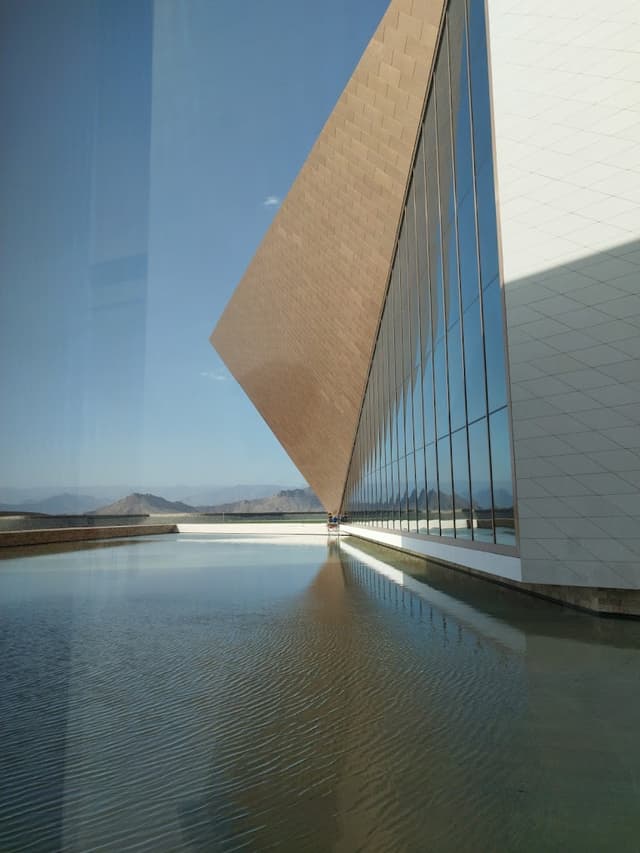
What to do
There are lots of historical buildings to visit in Nizwa, depending on what time you arrive from Wahiba sands, you might want to have lunch and then leave again to see the forts and palaces outside of the center, before doing the more accessible ones the next morning. You could of course also spend a lazy afternoon in town and visit the Nizwa fort at sundown and leave the out of town visits for the next day.
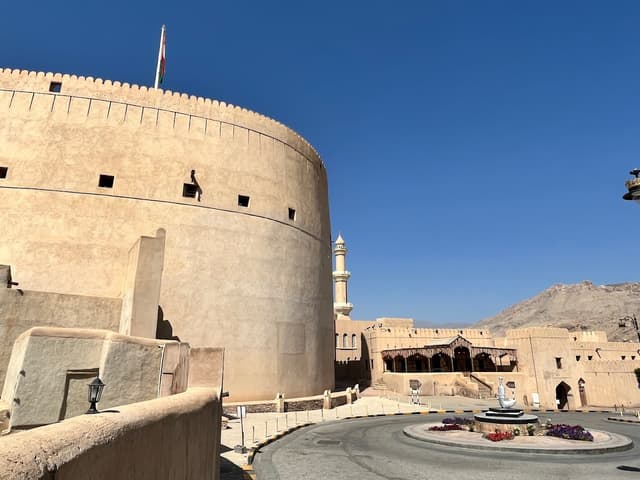
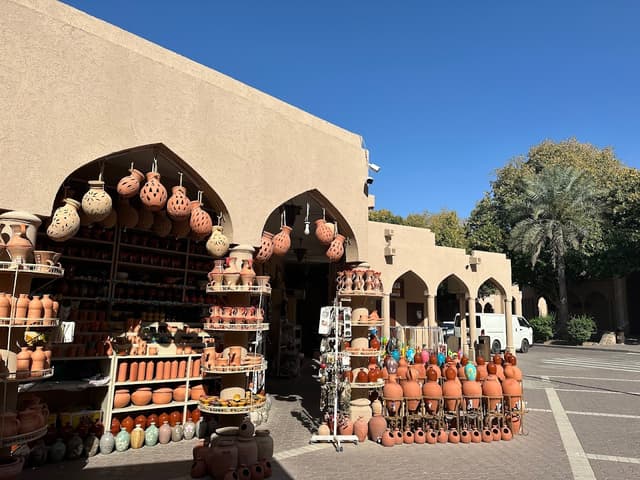
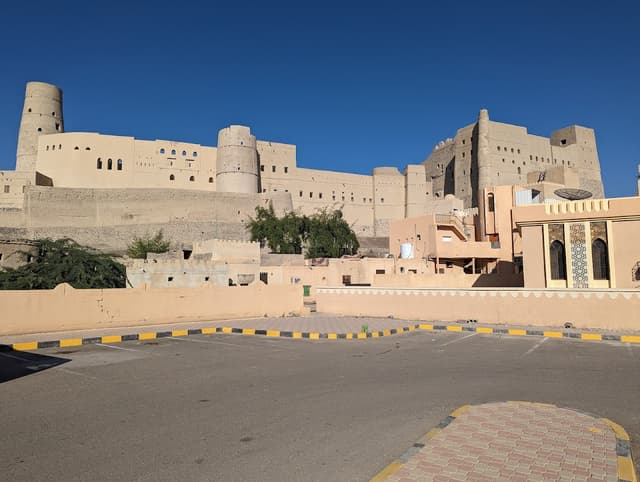
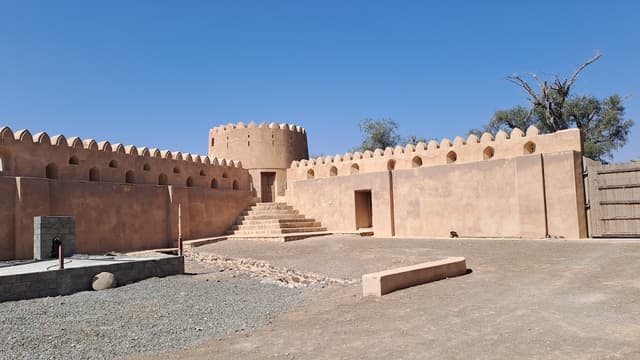
I think its worth noting that if you're visiting Bahla Fort or Jabreen in the afternoon its hard to find lunch. We ate at a roadside cafe near Jabreen that served mainly Pakistani cuisine; and I must say it was not our favorite culinary stop. The food was fine, but these places are packed with rude tourists, and equally grumpy staff. A packed lunch might be a great alternative here!
Where to stay
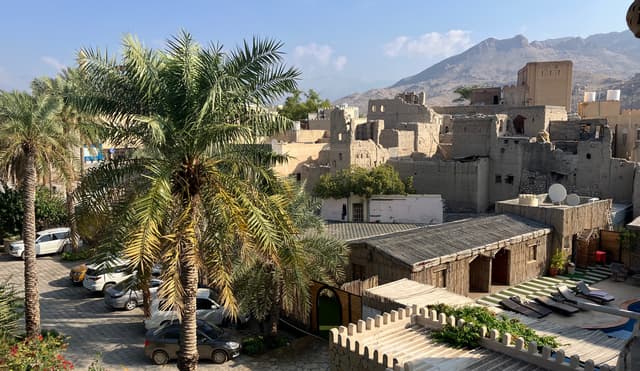
Where to eat
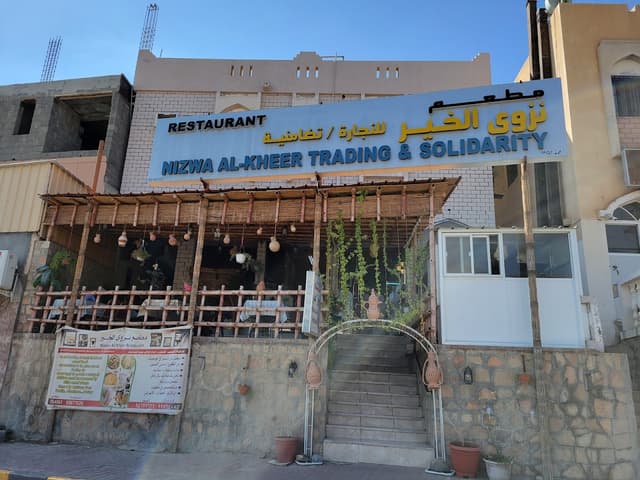
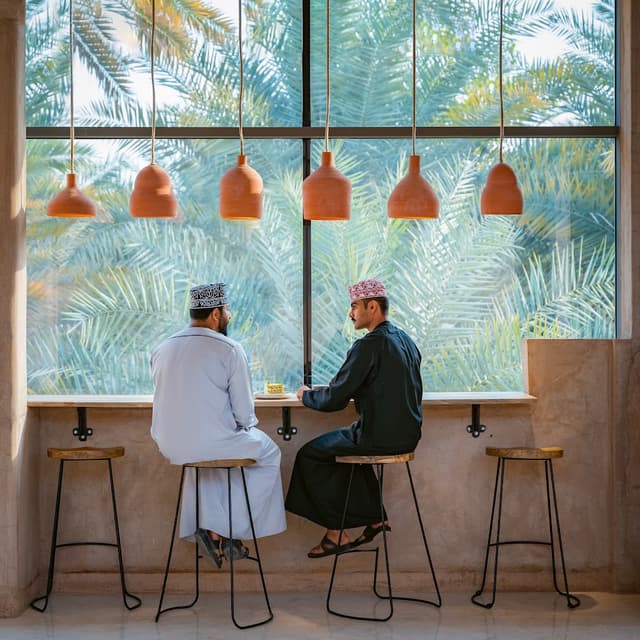
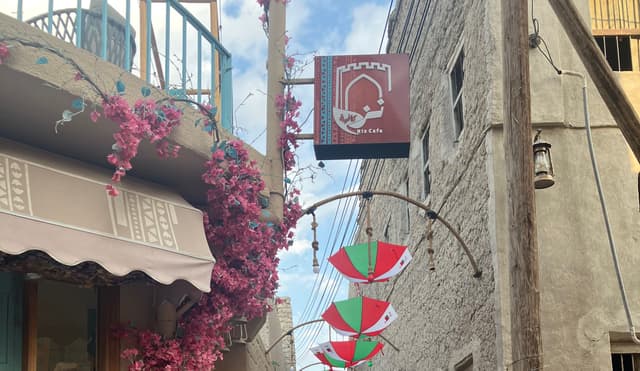
Day 6 - Misfah, Oasis in the Clouds
A short but winding drive from Nizwa takes you high into the mountains, where you’ll find an oasis in the sky—one of the most breathtaking villages in the Arabian Gulf. Misfah feels like stepping into paradise. It’s becoming increasingly touristy, so I can’t urge you enough to visit while its charm remains intact.
Come here for the walks and hikes, or simply to wander the village and savor a coffee in the cooler mountain air. These little towns are extraordinary living records of the civilizations that have thrived in this region for centuries.
What fascinates me most, and isn’t talked about nearly enough, is the history of mountain life here. Contrary to the orientalist (and self-orientalist) narratives of desert nomadism, many people in Oman and the UAE have long been mountain-dwellers. This was where life was coolest—literally and figuratively! Places like this tell a richer, more complex story of the region’s past.
The falaj system is a prime example of this rich heritage. An ancient irrigation network that has supported agriculture and settlement in Oman for over 2,000 years, these channels carve through the mountains, bringing water from underground springs to farms and villages. Many are still in use today, sustaining the terraced fields and orchards that define the mountain villages.
I highly recommend staying overnight in Misfah Al Abriyeen to fully enjoy the area and fit in at least two walks. Whether you’re an avid hiker or just looking for a leisurely stroll through peaceful palm and banana groves, there’s something for everyone. The W9 trail, which is clearly marked, is a must-do for anyone wanting to experience the tranquility and lush greenery of the region.
For those seeking more adventure, there are longer hiking trails that lead deep into the heart of the Hajar Mountains, offering even more stunning views and a deeper connection to this beautiful landscape. Either way remember to bring those good trail runner you had in the wadis!
As a traditional village, this is also a good point to remind travellers to respect the local customs; wear unrevealing clothes, say Hello! (or even better Salam Al Laykoum) to people you cross on your path and don't pick any fruit!
Where to stay
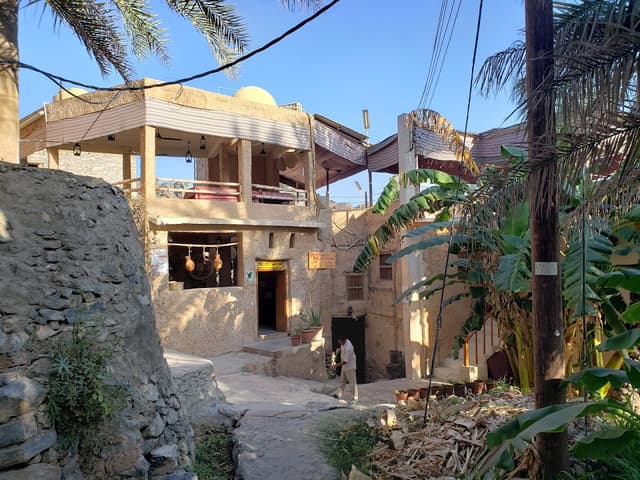
Day 7 - Jebel Shams: The Grand Canyon
On day seven you head to the highest point in Oman, one of the deepest canyons in the Middle East: Jebel Shams. But not before having breakfast and a wander in the green paradise you just woke up in, of course! Misfah is a wonderful place to enjoy in the morning light.
Let’s be clear: once you’ve reached the peak of Jebel Shams, you’re not in a rush. The air is thin, and the landscape is dramatic, but there’s not a whole lot to do at the top—no grand activities or bustling attractions. You’re there for the stillness, the quiet beauty, and the anticipation of a peaceful morning hike. Take some photos, sure, breathe in the cool mountain air, maybe even sit down with a good book.
As for the hotels up there—well, that’s a mixed bag. Sure, they’re convenient, but I wouldn’t say they’re anything special. They can be overpriced, self-contained little hubs of loud tourists who don’t quite get the point of this peaceful peak. But, that’s just my perspective.
Avoid coming up late in the evening! Despite the short distance, the mountain roads are dark and unprotected, and there’s nothing to shield you from the steep drops. It’s not the best spot for an after-dark arrival.
On your way to Jebel Shams make sure to pick up some dinner, because there are no restaurants atop a mountain, obviously! Sure, you can book dinner at the hotels, but after a mediocre buffet experience, I’d recommend bringing something from the valley. A picnic at the top? Now that’s a much more enjoyable way to settle in for the night, watching the fading sunlight over the valley below.
What to do
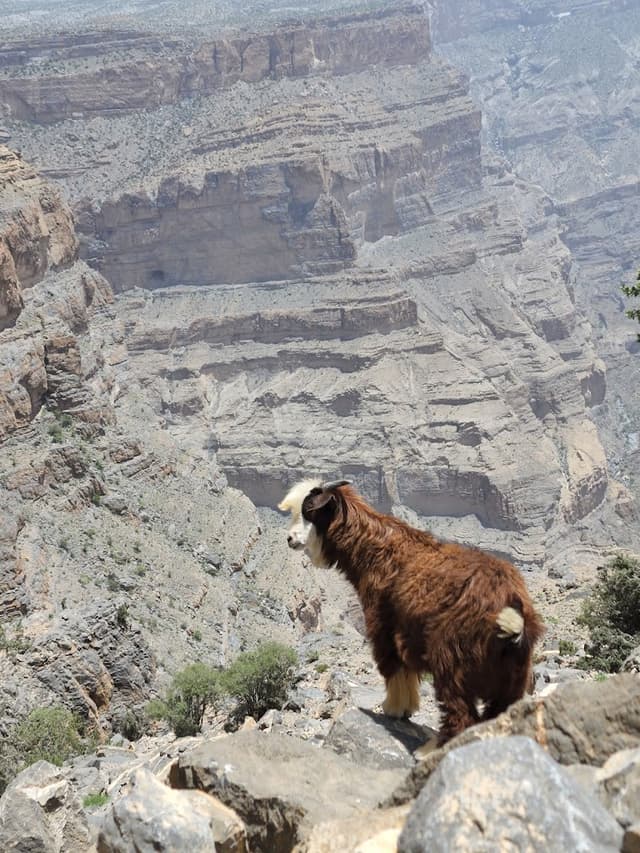
Where to stay

What to eat
As I already mentioned, you are better off bringing your own food up to the viewpoint. However, classic Oman: at the top of the mountain you will still be able to find a delicious hipster style modern coffee shop, which had me running for another pricey saffron latte.
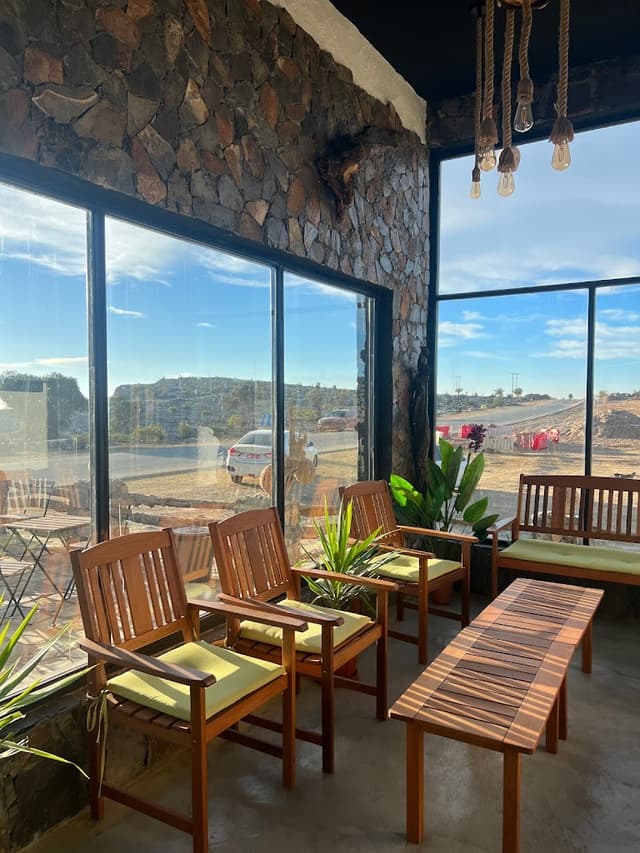
Day 8 - Ruins of Al Hamra
After an epic morning walk along the Grand Canyon of the Middle East, it’s time to descend to the valley. Al Hamra, another one of the beautiful oases around Nizwa, offers a glimpse into the country's fabulous urban history. The old town, with its mudbrick villages that date back hundreds of years, is now weathered and run-down but within its crumbling walls lies a story of resilience and adaptation.
You could pass by Al Hamra on your way to your next epic peak, Jebel Akhdar, and quickly hit the key tourist spots. However, I recommend staying the night in the valley to embrace a more leisurely pace that mirrors your surroundings. Spend the evening wandering through the atmospheric remains of the old town, where time seems to stand still. The mudbrick houses, though fragile with age, offer a hauntingly beautiful insight into the lives of those who once called this place home.
An overnight stay in Al Hamra not only allows you to soak in its tranquil charm but also provides the perfect reset before heading to Jebel Akhdar,
What to do
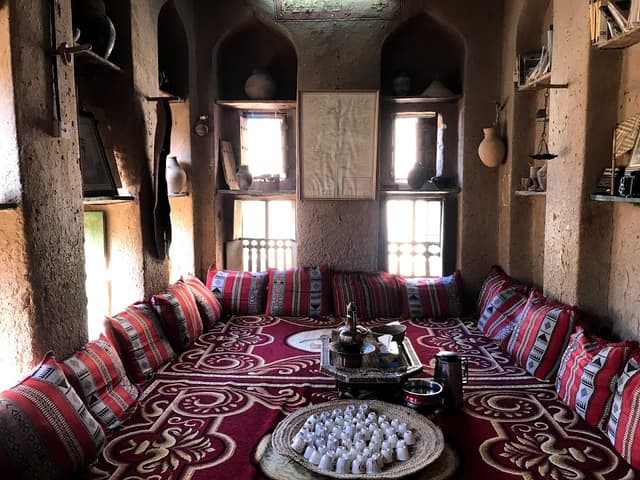
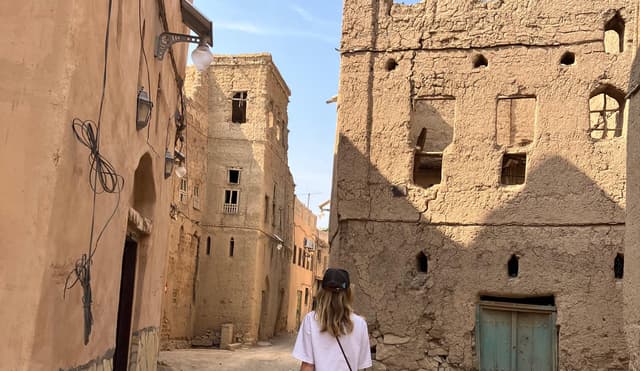
Where to Stay
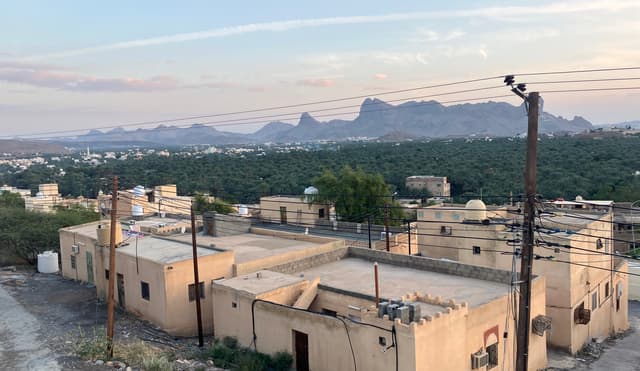
What to eat
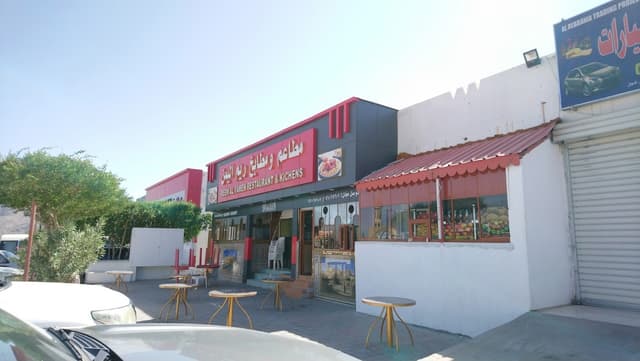
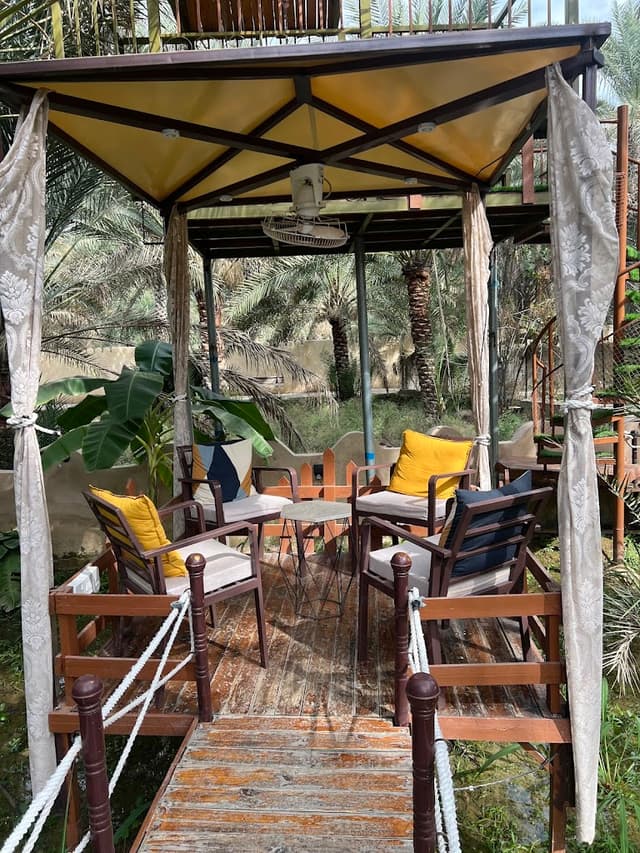
Day 9 - Jebel Akdar, the green mountain
Jebel Akhdar is one of Oman’s most striking destinations, delivering a completely different experience from the rugged peaks of Jebel Shams. Perched high in the Hajar Mountains, it’s cooler, greener, and home to some of the most breathtaking terraced farms you’ll ever see. This is where pomegranates, roses, and walnuts flourish—an oasis of life in a seemingly inhospitable landscape.
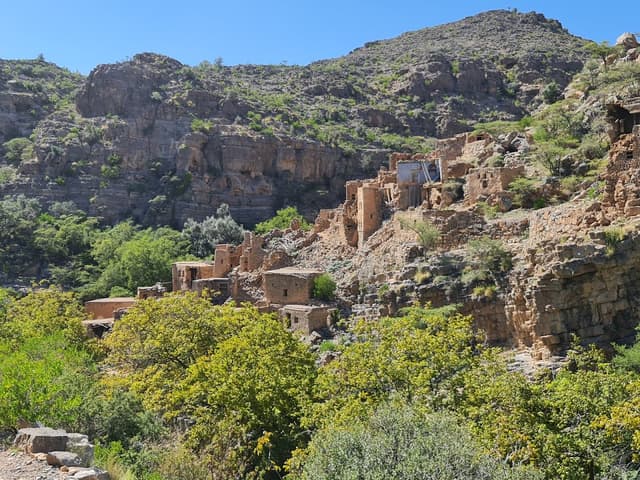
Where to stay
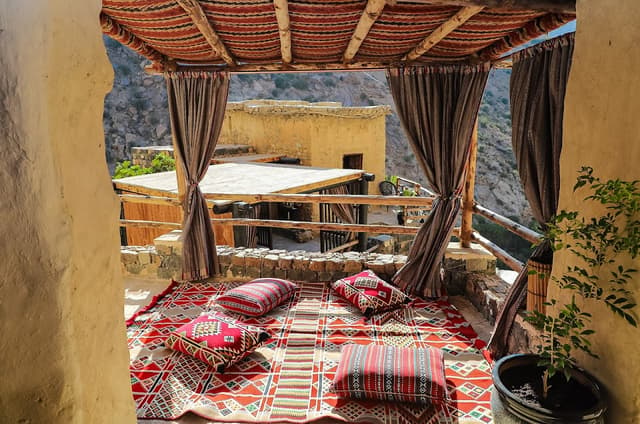
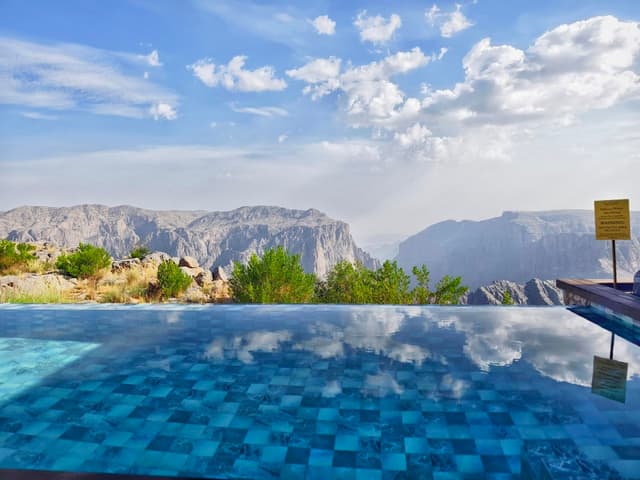
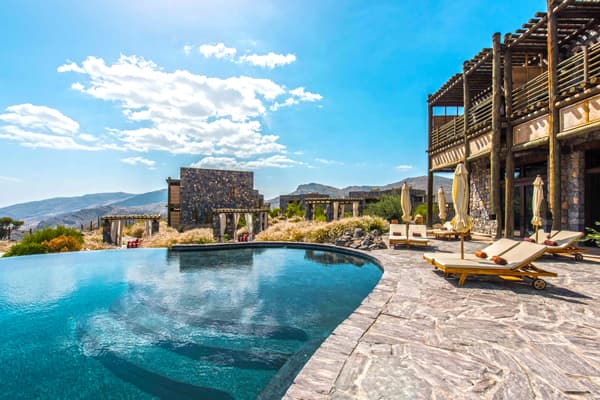
Day 10 - Back to Muscat
Today is your final day of travel, as you make your way back to the capital. Whether you are staying one last night in the city by the Gulf or you are going straight to the airport, it's time to say goodbye to green oases and fairy tale castles. This drive is the least scenic of the whole trip; the motorway can be a bit wild, so make sure you listen closely to WAZE.
I wanted to take you on this adventure close to my heart. Oman always conjures moments from my childhood. Peaceful memories of walks to nowhere, bbqs under the vast desert sky and even luxury stays at the old intercontinental. Scavenger hunts for unique flora and fauna turned every outing into an adventure. Oman felt like a place of wisdom—a country where peace and exploration coexisted effortlessly. Often called the "Switzerland of the Middle East," it embodies neutrality, natural beauty, and quiet sophistication.
No country showcases the history of the Khaleejis as vividly as Oman. Anyone who knows me will tell you that my pet peeve is when people dare suggest that Gulf states have no history. Informed by instagram and superficial documentaries, this statement is extremely misguided. People have lived in these regions for thousands of years, as shown by archaeological sites and the trade routes connecting the Arabian Peninsula to the wider world.
I've come to the conclusion that Europeans in particular need to see old architecture to believe there is history. European landscapes, favoured the construction of enduring stone buildings, as the stable, temperate climate allowed them to stand the test of time. By contrast, the Arabian Peninsula’s harsher environment, shifting sands, and reliance on nomadic lifestyles shaped its architectural traditions. Structures made from mudbrick and other locally available materials could last centuries but often required rebuilding, meaning fewer ancient buildings have survived in this region. For those westerners who yearn for a more visible connection to history—ancient forts, bustling souks, and timeworn alleys—Oman certainly delivers.
Yet you won't find me calling Oman the most "authentic" of the Gulf states. I think this is ingenious. Culture is not stagnant or confined. The history of Nizwa is as old and intimately connected to the history of Dubai, Abu Dhabi even Doha. History isn’t limited to stone walls or ancient facades. It lives on in the people, their customs, and the flavors of their cuisine. If you take the time, you’ll see it in the faces of those you meet, the rituals they practice, and the dishes they prepare all over the Gulf.
Even if Oman has no skyscrapers, most of Muscat is just as modern as the UAE, it's just a different style. As much as I love this country, I don't want to fall into marketing narratives for tourists. Just because - due to the travel industry - people go to Dubai to party and Muscat for the archeological sites, it doesn't mean that Muscat isn't a thriving modern hub with great night life, or that there is less history to be found in the UAE.
I once overheard a couple complain that the Nizwa souk felt "inauthentic" because it was run by South Asians. The irony —South Asians have been integral to the Gulf's history and trade for centuries. Their presence here isn’t a new aberration but a testament to the region's interconnected history, shaped by commerce and cultural exchange across the Indian Ocean.
Options and Alternatives
While my 10-day itinerary provides a well-rounded glimpse of Oman, taking two full weeks would allow for a deeper exploration at a more relaxed pace. For the nature buffs, skipping the desert detour and dedicating more time to hiking in the Hajar Mountains might be a rewarding alternative. This region offers dramatic peaks, ancient villages, and a glimpse into Oman’s rich cultural heritage. The hikes here range from moderate to challenging, offering something for every level of experience.
If you're looking for a more adventurous and flexible experience, consider renting a 4x4 with a rooftop tent. This option provides the freedom to explore at your own pace, camp in remote locations, and truly immerse yourself in the Omani landscape. It's an exciting way to experience the country's natural beauty while giving you the flexibility to adapt your journey as you go.
An extended timeframe could be an opportunity to journey further south to Salalah, a destination rich in lush greenery. Salalah’s unique landscapes, frankincense-filled air, and stunning beaches make it a worthwhile addition if you have the time. It's a route I’ll definitely take on my next visit.
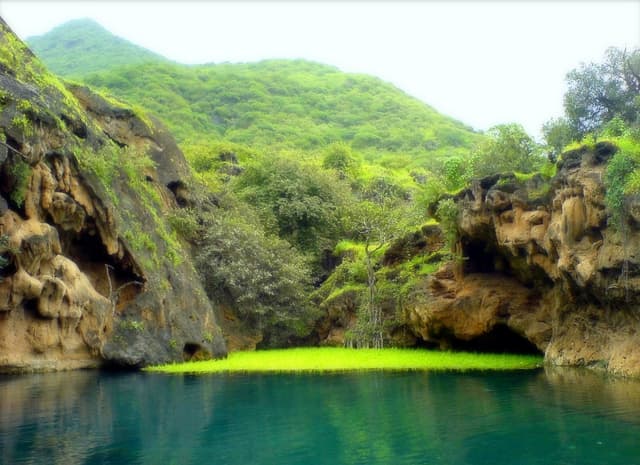
Another option to consider is a visit to the turtle reserve at Ras al Jinz. Witnessing baby turtles making their way to the sea can be a memorable experience, and it’s definitely worth adding if you’re keen on marine wildlife. However, I found this experience to be a bit of a double-edged sword. While it was incredible to see the turtles up close, the large crowds of tourists often disregarded the guidelines set to protect the turtles, which felt exploitative. It’s worth being mindful of this dynamic when planning your visit.

I hope you enjoy your adventure around one of the most special countries in the Indian Ocean. Hopefully this guide has inspired you - not only to create a fab itinerary - but to immersive yourselves in the history and magic of this region, it's people and the landscapes. There is always more than meets the eye...
The home for unique & authentic travel
